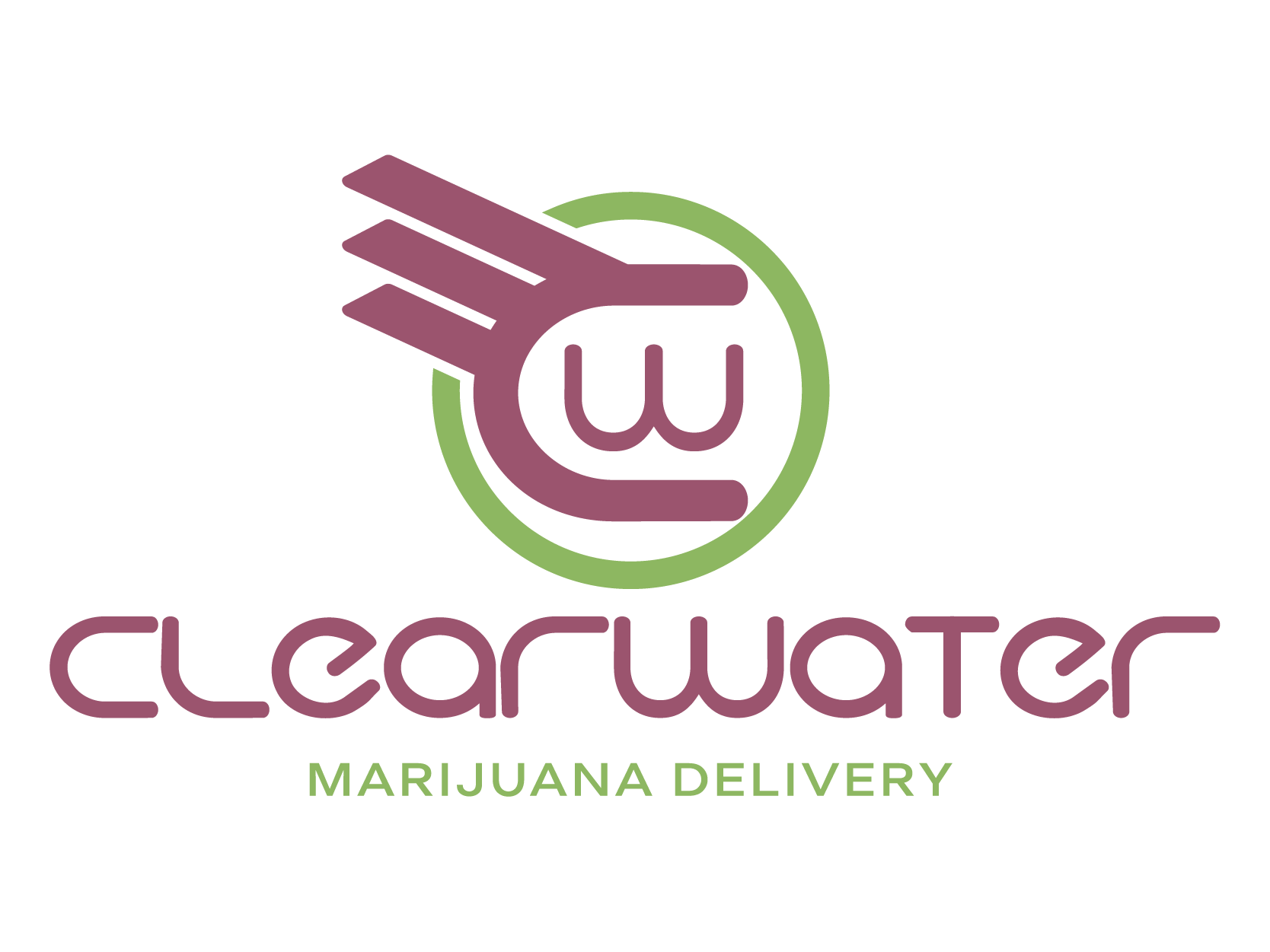Cannabis concentrates are rapidly growing in popularity among both experienced consumers and those new to the world of cannabis. Known for their potency and diverse consumption methods, concentrates offer a unique way to experience the plant’s therapeutic and psychoactive effects. But before diving into the world of dabs, wax, and oils, it’s important for consumers to understand what concentrates are, how they’re made, and what to consider before using them.
What Are Cannabis Concentrates?
Cannabis concentrates are highly potent extracts of the cannabis plant that contain high levels of cannabinoids—primarily THC and CBD—as well as terpenes, which are responsible for aroma and flavor. The purpose of concentrates is to isolate the most desirable compounds from the plant, leaving behind excess plant material.
Depending on the extraction process, the end product can take on different consistencies and names such as shatter, wax, crumble, budder, oil, live resin, or rosin. These textures not only influence how the product is consumed but also its shelf life, flavor, and strength.
How Are They Made?
There are two primary categories of cannabis concentrates: solvent-based and solventless.
- Solvent-based extracts use chemical solvents like butane, CO₂, or ethanol to dissolve cannabinoids and terpenes from the plant. The resulting solution is then purged of the solvent to produce a clean, concentrated form.
- Solventless extracts, such as rosin or ice water hash, are made using mechanical means like pressure or ice water to separate trichomes from the plant matter without the use of chemicals.
Each method has its pros and cons in terms of purity, safety, and taste. For beginners, solventless options like rosin may be a good starting point due to their clean production process.
Why Use Concentrates?
The main appeal of cannabis concentrates lies in their potency. While traditional flower may contain 15–25% THC, concentrates can range from 60% to over 90%. This makes them a popular choice for experienced users seeking more powerful effects or medical patients needing fast, effective relief.
However, that potency also means new users must approach with caution. Starting with a very small amount—often referred to as a “grain of rice” size—is recommended. Overconsumption can lead to uncomfortable side effects such as paranoia, anxiety, dizziness, or nausea.
Methods of Consumption
Concentrates can be consumed in a variety of ways:
- Dabbing: Using a dab rig and torch to vaporize the concentrate at high temperatures.
- Vaping: Using concentrate-specific vaporizers or vape pens.
- Topping Flower: Adding a small amount to a bowl or joint for enhanced effects.
- Edibles: Infusing concentrates into oils or butter for cooking.
Each method has its learning curve, with dabbing being the most advanced. Vape pens are often the easiest entry point for beginners.
Safety and Storage Tips
Consumers should only purchase concentrates from licensed dispensaries, where products are tested for residual solvents, contaminants, and potency. Proper storage in a cool, dark place can preserve the integrity and effectiveness of the product over time.
In Summary
Cannabis concentrates offer a powerful and versatile way to consume cannabis, but they’re not for everyone—especially not without the right knowledge. By understanding extraction methods, potency, and consumption techniques, new users can make informed decisions and safely explore what concentrates have to offer.
